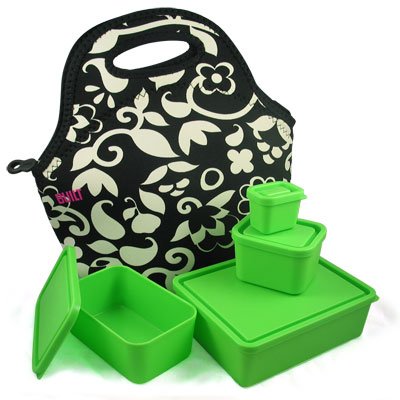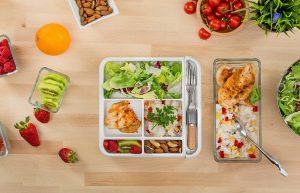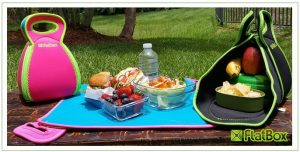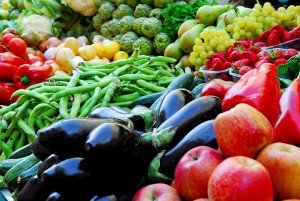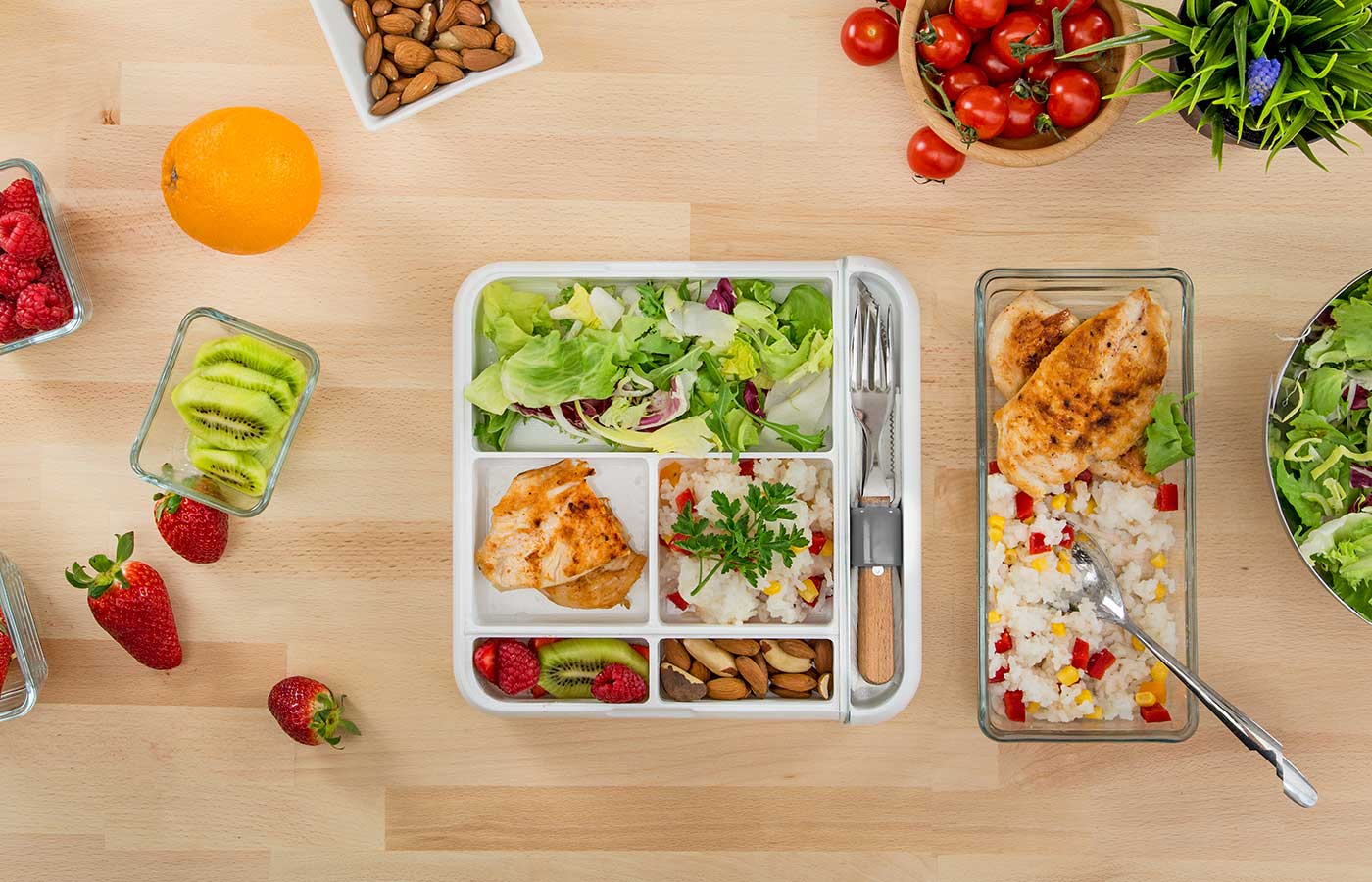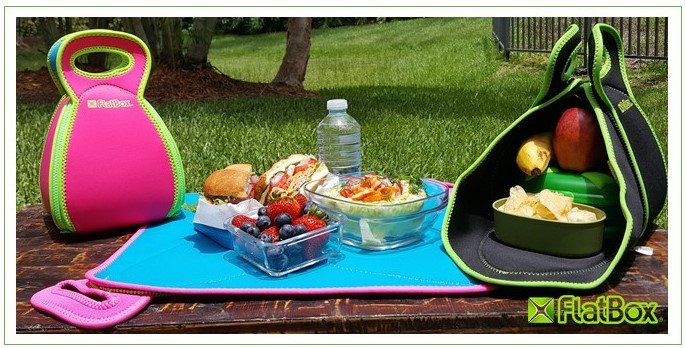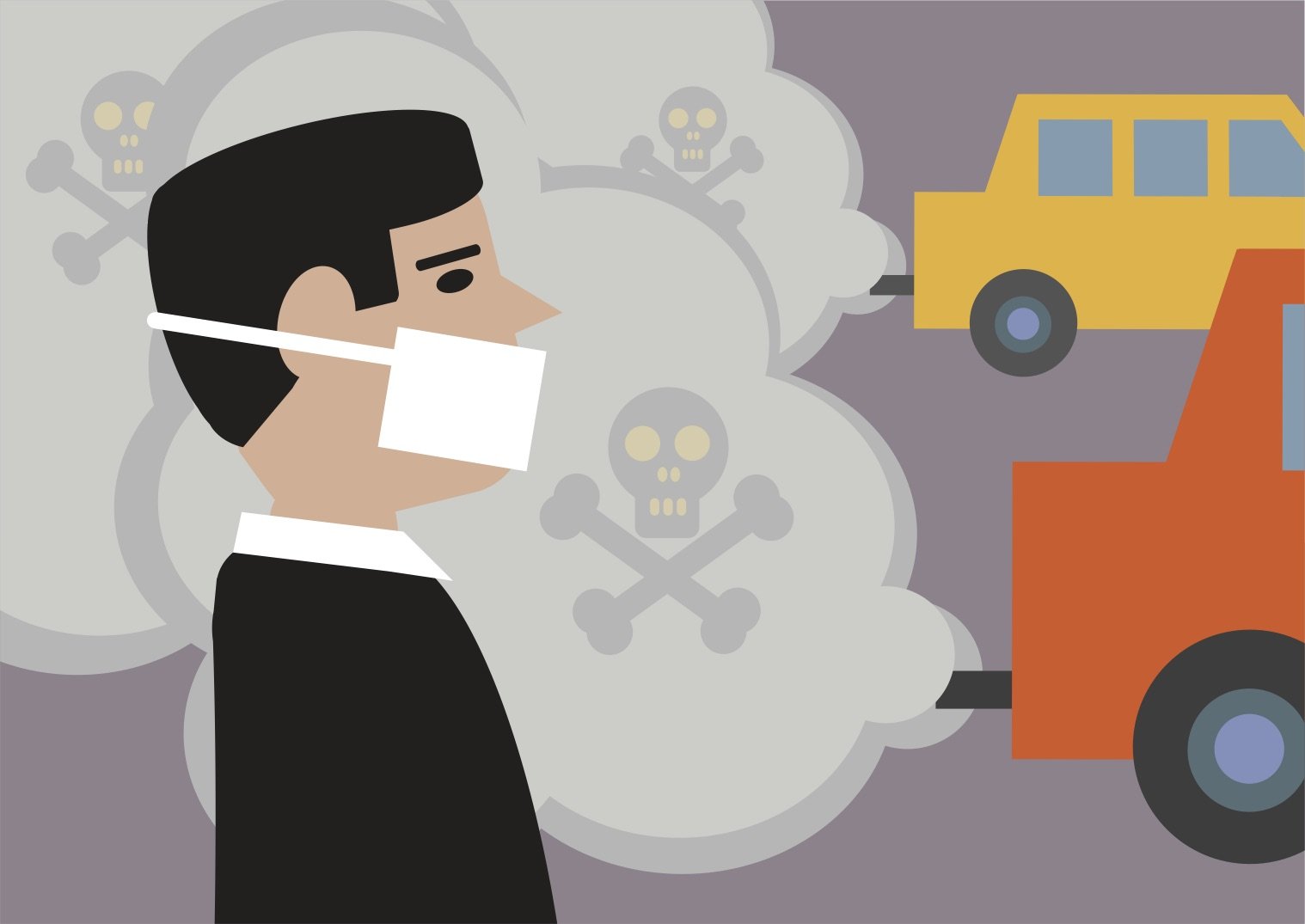A recent study in the journal Pediatrics sure got our attention. Of several hundred preschoolers in Texas, more than 90 percent had brought lunches from home that weren’t safe to eat! Even with multiple ice packs, the perishable contents were in the food danger zone. That’s the temperature range between 40 and 140 degrees F, at which bacteria can grow to dangerous levels that can cause illness. Cold items should stay under 40 degrees; hot items should stay above 140 degrees.

The study didn’t mention whether the lunches were packed in insulated bags that would help keep the contents cold, and fortunately none of the preschoolers actually got sick. Phew! But it is a teachable moment, an opportunity for us all to review how to properly pack a lunch. Here are key tips from your friends at Lunchville.com:
1. Know your perishable foods from your non-perishables. Some foods can be eaten without refrigeration, making them ideal for picnics and to-go lunches. Among the list of non-perishables: PB&J, whole fruits, nuts, dried fruit, chips, crackers, energy bars, cookies, dried meats, and some hard cheeses (like Gouda).
2. Perishable foods, on the other hand, will spoil within a few hours without refrigeration or freezing. Fresh meats and most dairy products fall into this category, as do many fresh fruits and vegetables. Want to pack carrot sticks and ranch dressing? You’ll need an ice pack for that.
3. Keep Cold Things Cold If you’re going to use cold perishable foods in a to-go lunch, make sure they’ve been properly refrigerated and then use only the amount that can be eaten at lunchtime. Some people like to freeze meat-and-cheese sandwiches, which is OK. But add cold mayo, lettuce or tomatoes later, since they don’t freeze well. Be sure to include ice packs, and put everything in an insulated bag. A well-made insulated bag with ice packs inside should keep your cold food out of the danger zone for up to four hours. Check out our insulated Kids Konserve bags for the guys or our Built bags for the ladies.
4. Keep Hot Stuff Hot There’s nothing like a double-wall steel insulated food jar to keep hot foods at temperature. We recommend preheating your jar by filling it with boiling water for a few minutes, emptying it, and then adding piping hot food.
5. Keep it clean This may go without saying, but make sure you wash your hands thoroughly before preparing food. Likewise, any cutting boards and utensils you use in food prep should be cleaned before and after use. Use one cutting board for fresh produce and a separate one for meats and poultry to avoid cross contamination.
6. Store it well If the lunch can be refrigerated at its destination, that’s the best option. If not, be sure to use an insulated bag with plenty of ice packs for cold food, and stow the bag in a cool, dark place until lunch time. Bon appetit!
Additional Links from the USDA:
Avoiding the Danger Zone
After School Snacks
After School Food Safety
Become a “Food Safe Family”

